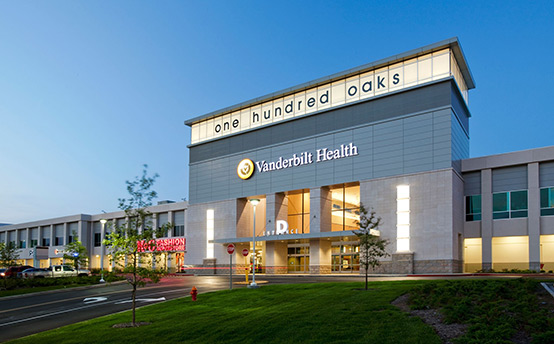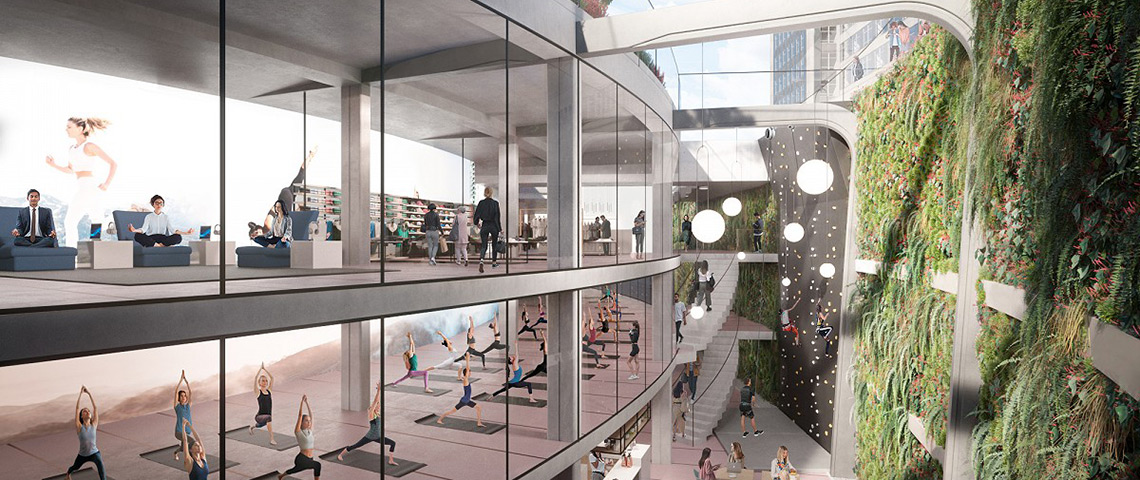Has Covid exemplified or amplified the need to develop more healthcare facilities in retail hubs?
Covid-19 has catapulted the NHS and the wider primary care market into the future forcing it to change, adapt and react at a pace it hasn’t been seen to do for a long time, if ever. It has broken down a significant number of barriers to change. This has been particularly relevant in respect of the repurposing of space, in terms of the rapid delivery of new facilities, in relation to the Nightingale Hospitals. For example, Nightingale Exeter was, in a previous life, a retail warehouse unit let to Homebase. It was successfully re-purposed and brought online in two months. The delivery of this hospital satisfied both the NHS, on the basis it was able to create a new and required facility, and the landlord in obtaining a secure covenant.
However, Covid is not the only reason we’re seeing an increase in interest from this sector and retail spaces being considered for medical expansion.
The challenges within the retail sector have been widely reported and landlords are keen to put in place measures to protect their assets. Healthcare can offer a huge amount in this respect - Medical centres can not only act as a community benefit but as a driver for footfall. These medical centres can be inserted into these centrally located properties/shopping centres either through new development or into large converted retail units. This benefits both the landlord (having a tenant with reimbursed income on a long term lease) and the consumer (they are able to visit their GP in a town/city centre location rather than having to visit one that might be more peripheral).
It is envisaged that the consumer/patient will generate additional footfall, translating into sales, either before or after their visit to their GP. A further benefit is that the location of a health centre in such a location will encourage complementary users to let vacant retail units. These might include, dentists, opticians, pharmacies, physios etc. The result being a more cohesive centre that offers the consumers and community stakeholders the ability to consolidate their journeys and travel time with the multi-offer centre and from the landlords’ perspective, a new anchor tenant providing long term quasi-government backed income.

An increasing number of retail landlords are bringing medical facilities into their schemes. Cockhedge Medical Centre in Warrington is within a town centre shopping centre. We’re seeing an increasing number of local district centres being developed with community health facilities. Both NewRiver and Ellandi, who specialise in the asset management of community shopping centres, have brought medical practices into their schemes in recognition of the need to reposition assets to increase footfall and blend retail with community and convenience uses.
Change of use from retail to medical has never been more supported. Under the terms of the new Use Classes Order for England (September, 2020), the provision of medical or health services, principally to visiting members of the public are now within the same Use Class (‘Class E’) as shops, offices and many leisure operations. Therefore, there will be a large number of shopping centres, and examples on out of town retail locations where a formal planning application to change the use of a unit will not be required to deliver medical or health services.
The NHS have proposals in place for a significant rollout of a new diagnostic centre concept, providing community hubs to relieve pressure on hospitals. The centres would allow for diagnostics and tests, minor surgical procedures and therapy. They are looking at shopping centres and out of town retail to house these new operations. The key driver for the diagnostic hubs will be proximity to hospitals and accessible transport locations.
Where will it go from here? In the US, where the death of the shopping mall is well documented, there are several examples where significant retail footprints have made way for the delivery of medical facilities. Vanderbilt University Medical Centre found a solution to their expansion woes by taking over the entire second floor (440,000 sqft) of the struggling One Hundred Oaks mall in Nashville, Tennessee reimagining the deteriorating retail centre into a successful, mixed-use medical office destination. The result may seem an extreme solution to the problems within retail, but we must recognise that for some places the problems themselves are extreme and the solutions must be equally so. Cavendish Square, in London, one block back from the UK’s most successful high street is currently undergoing a significant transformation of the subterranean carpark that lies hidden beneath the streetscape. Reef Group are repurposing the space as ‘the world’s first wellbeing destination’, incorporating healthcare with retail and commercial space. While not specifically a retail repurposing project, it is testament to the demand that is out there.
The significant voids within UK retail and in particular the downsizing of department and larger format retail stores means that increasingly there are opportunities for large scale repurposing projects and medical is an obvious consideration, not least because the need for health facilities spans the demographic divide. Increasingly landlords and the like of the NHS are looking more closely at these voids that exist within UK shopping centres. The current requirement for and delivery of mass vaccine sites (250 by the end of 2021), community diagnostic hubs (165 centres across England) and Long Covid facilities (40 required across England) mean that these spaces are being very much viewed as a viable option.


